HDF, or high-density fiberboard, offers a versatile and affordable substrate material for a variety of applications from furniture to flooring. As an engineered wood product, HDF is manufactured by combining wood fibers with resins under high temperatures and pressure. This consolidated material comes in different density grades – high, medium, and ultra-high. But what’s the difference and how do you choose? In this article, we’ll examine the distinctions between density types and weigh the suitability of high-density versus medium-density versus ultra-high-density HDF based on performance factors like strength, machinability, and moisture resistance.
Post your Requirement
| Term | Definition |
| HDF Boards | High-Density Fiberboard (HDF) is an engineered wood product made by compressing wood fibers together under high pressure and heat. HDF boards are known for their strength, durability, and versatility, making them suitable for various applications in construction, furniture making, and more. |
| High-Density (HD) HDF Boards | High-density HDF boards are manufactured with a higher concentration of wood fibers, resulting in a denser and stronger board. These boards offer enhanced durability and resistance to impact, making them suitable for applications requiring robust performance, such as flooring, furniture, and cabinetry. |
| Medium-Density (MD) HDF Boards | Medium-density HDF boards have a lower density compared to high-density boards but still offer good strength and stability. They are commonly used in applications where a balance between durability and cost-effectiveness is desired, such as wall panels, shelving, and decorative elements. |
| Ultra-High-Density (UHD) HDF Boards | Ultra-high-density HDF boards are engineered to have an even greater concentration of wood fibers, resulting in exceptional strength and durability. These boards are ideal for demanding applications that require extreme durability and resistance to wear and tear, such as heavy-duty shelving, workbench tops, and industrial flooring. |
| HDF Boards Price | The cost of HDF boards varies depending on factors such as density, size, thickness, brand, and market demand. Generally, high-density and ultra-high-density HDF boards tend to be more expensive due to their superior strength and performance characteristics compared to medium-density boards. Prices may also vary based on geographical location and supplier. |
Background on HDF Density
Density measures the weight per cubic meter or cubic foot of material. HDF density directly correlates with increased strength and hardness. Typical ranges include:
- High Density HDF: 800-900 kg/m3.
- Medium Density HDF: 600-800 kg/m3.
- Ultra-High Density HDF: 900-1000kg/m3.
Higher-density HDF Boards contain more wood fiber per square inch, reducing voids and creating a tougher panel. Compaction applied during the hot pressing manufacturing phase determines final density ratings. Use cases tend to dictate which density grade best applies. We’ll now explore those differences in detail.
High-Density HDF Properties

As the name implies, high-density or HD, HDF sits at the higher end of the density spectrum before reaching ultra-high designations.
Given its more tightly packed wood cell structure, HD HDF excels in:
- Strength & Stability: The increased density of HD HDF improves screw and nail holding capabilities. This enables easy assembly of furniture pieces, cabinetry, or fixtures without supplemental supports. The uniform stability also minimizes expansion/contraction issues under variable moisture or temperature conditions.
- Machinability: HD HDF cuts, routs, and drills with precision comparable to solid wood. No tear-out problems plague high-density sheets during automated fabrication processes. Smooth, crack-free edges result thanks to tightly bound internal fiber consistency.
- Moisture Resistance: Water, humidity, and rotting don’t penetrate easily into HD panels. Bonding agents improve moisture resistance for suitable use in wet environments like bathrooms. Paired with protective coatings, HD HDF works in areas prone to spills, rain exposure, or plumbing leaks.
- Finishing Capabilities: The smooth, level surface of HDF accepts primer, paint, laminates, and veneers consistently without bleed-through issues. More resilient than MDF, HDF edges don’t crumble when worked. This grants greater finishing options across the board.
HD HDF performs well across several applications like architectural millwork, store fixtures, cabinet casework, furniture, underlayment, and industrial components. Continued advancements expand high-density fiberboard usage for structural building products too.
Medium-Density HDF Properties

Medium density or MD HDF includes panels with densities measuring between 600-800kg/m3. Compared to high-density grades, MDF Boards have slightly more voids within their composite structure since fewer fibers occupy the same volume. Benefits of medium-density HDF include:
- Cost Savings: Less wood input per panel equates to reduced production costs. The savings transfer to end consumers, granting budget-friendly purchases compared to high density. This stretches project budgets further.
- Workability: Easy handling and machining come courtesy of medium-density fiberboard’s lighter weight build. The panels aren’t as heavy, making them simpler to lift, feed, cut, and fasten during fabrication. Less tool wear also results.
- Flexibility: MD HDF bends better than ultra-high-density versions before fracturing or compromising. The flexibility lends well to molding into curved shapes. Veneer wrap doors and thermofoil processing utilize medium-density substrates partly for increased flexibility.
- Paint/Laminate Bonding: More permeable and porous than HD counterparts, MD HDF adheres better to adhesives and coatings. The expanded surface area creates stronger mechanical bonds ideal for painting or laminating.
Furniture, cantilevered shelving, cabinets, partition systems, and signage applications often leverage the perks of medium-density HDF specifications.
Ultra-High Density HDF Properties.
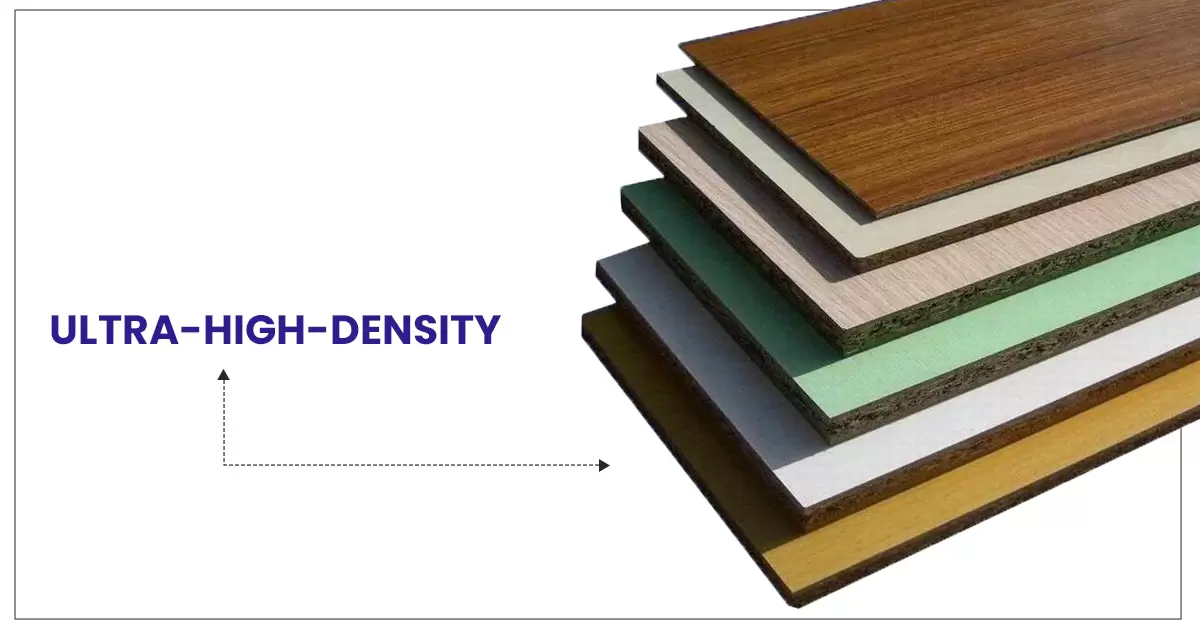
At the upper limits of density fall ultra-high or UHD fiberboards. UHD HDF utilizes the maximum amount of wood fibers packed tightly together, creating the hardest and strongest possible panels. Benefits include:
- Superior Strength: UHD HDF supports heavier static loads without compromising thanks to extreme rigidity and density up to 1000kg/m3. No backers or reinforcing strips are required! The material stays remarkably stable too.
- Impact Resistance & Durability: Tough as nails describes UHD HDF! The ultra-high-density construction withstands dents, scratches, daily wear-and-tear plus environmental abuses better than lower-density alternatives. UHD offers lasting performance.
- Stability: Minimal expansion and contraction occur even under extreme humidity, moisture, or temperature fluctuations when using UHD. Precise tolerances hold steady over time.
- Machinability: Dense uniformity allows consistent machining qualities similar to wood. Smooth cutting, drilling, routing, and edge finishing characterize the effortless usability of UHD fiberboard.
Given its max strength-to-weight ratio and unmatched durability, UHD HDF excels in floors, worksurfaces, shelving, table tops, amusement park rides, doors, and marine craft decking applications.
Conclusion
Understanding HDF density differences provides the right performance comparison between high, medium, and ultra-high grades. Matching material specifications to application requirements and budget determines what density option fits best. High density grants superb fastening strength and moisture resistance. Medium density offers workability and painting/laminating perks. Ultra-high density provides maximum structural integrity under heavy use conditions. Now armed with a better grasp of how density impacts fiberboard properties and capabilities, specify the right HDF product with confidence!


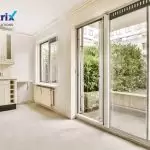
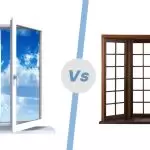
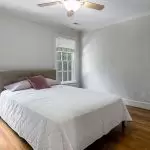
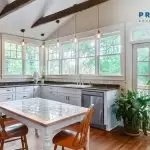

















Post A Comment